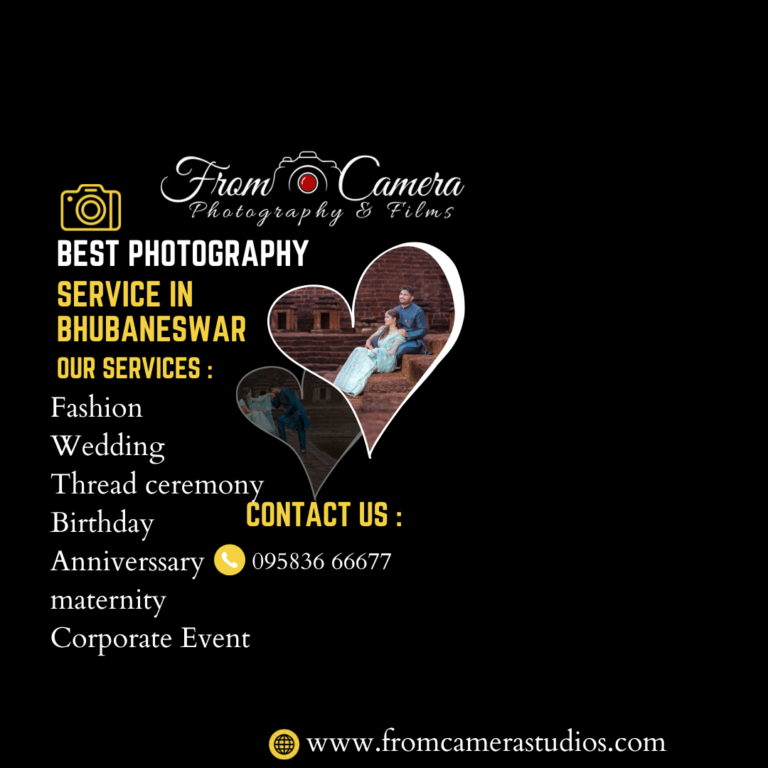6 Reasons Why Storytelling is the Key to Great Videography, cinematography, and photography ?
Why Storytelling is the Key to Great Videography, Cinematography, and Photography
In today’s visual culture, photography, videography, and cinematography have become powerful forms of communication beyond simply capturing moments. While technical skills, equipment, and editing play crucial roles, the true art of visual media lies in storytelling. Whether it’s a wedding video, a documentary film, or a single photograph, storytelling has the unique power to evoke emotion, connect viewers with a deeper meaning, and make moments unforgettable. This is precisely why storytelling is the key to great videography, cinematography, and photography.

What is Storytelling in Visual Media?
Storytelling in visual media refers to the narrative quality of the work. It’s the ability to convey a story or message through visuals alone. Unlike traditional storytelling with words, visual storytelling relies on composition, lighting, timing, perspective, and emotional depth to communicate ideas and emotions. A strong story can transform even the simplest moments into meaningful experiences. In videography, cinematography, and photography, storytelling transforms a series of clips into a cohesive, emotionally engaging narrative. Every great piece of visual art has an underlying story, giving viewers a reason to care and connect.
The Impact of Storytelling on Videography and Cinematography: -
1. Creating Emotional Connections
In videography, cinematography, and photography storytelling serves as a bridge between the visual and emotional worlds. A well-crafted story enables viewers to feel the moment’s emotions, even if they weren’t there to experience it firsthand.
2. Adding Structure and Flow
Storytelling provides structure to visual work, making it more engaging and memorable. In videography, photography, and cinematography having a story in mind allows for a sequence of shots that build on each other, leading to a climax or resolution.
3. Enhancing Creativity and Originality
Storytelling of videography and cinematography, and photography invites creativity and originality by pushing videographers and photographers to think beyond conventional shots. When a story drives the creative process, visual artists look for ways to capture scenes that enhance and contribute to the narrative. Instead of focusing solely on perfect lighting or technical settings, the emphasis shifts to capturing authentic moments and details that move the story forward.
4. Helps Build Authenticity
Authenticity through storytelling is also crucial in branding and commercial photography, videography, and cinematography. Today’s consumers prefer brands that are genuine and transparent. By telling an authentic brand story through photos or videos, marketers can connect more effectively with their target audience, building trust and loyalty.
5. Enhances Visual Engagement
Storytelling keeps the viewer interested, making them want to watch, see, or listen until the end. In videography, photography, and cinematography a story-driven approach can make even simple events intriguing and captivating.
6. Leaves a Lasting Impression
In wedding photography, for instance, couples cherish their wedding albums not just because of the photos but because of the stories those photos tell. They can revisit those images years later and relive the joy, love, and excitement of that day. This ability to freeze a story in time is one of the most powerful aspects of storytelling in photography, videography, and cinematography.
How to Incorporate Storytelling in Your Visual Work: -

- Plan with Intent: Before you start shooting, think about the story you want to tell. Whether it’s a love story, an adventure, or a documentary theme, having a story in mind gives your work a purpose and direction.
- Define the Story: Before capturing a single frame, understand the story you want to tell. Whether it’s an emotional love story, an adventurous journey, an introspective documentary, having a clear idea of the narrative will guide each shot.
- Focus on Details: The small details often make the biggest impact in storytelling. Capture the small interactions, the subtle expressions, and the details of the environment that help bring the story to life.
- Use Composition to Guide Emotions: Framing, perspective, and lighting all play a role in storytelling. Experiment with close-ups, wide angles, and lighting to evoke the emotions and tone that align with your story.
- Edit for Impact: In videography and cinematography, editing is where the story really comes to life. Consider the pacing, music, and transitions carefully to create a seamless and engaging flow.

Conclusion
Storytelling transforms videography, cinematography, and photography from simple visual records into works of art that connect with people on a deeper level. It’s the difference between a beautiful image and a meaningful one, between a series of shots and an unforgettable film. By understanding the power of storytelling, visual artists can create experiences that resonate, inspire, and evoke lasting emotions in their audience.
Whether in the form of a cinematic film, a compelling photo series, or a powerful video, storytelling is the bridge between the artist and the audience. It brings context, emotion, and significance to every frame. When a viewer watches a film or looks at a photograph, it’s the story embedded in it that evokes their emotions, sparks their imagination, and leaves a lasting impression.
By understanding the power of storytelling, visual artists can create experiences that not only captivate the audience but also inspire and move them. A well-told story can make an image come alive, pulling the viewer into its world, and making them feel connected to the subject. This emotional connection is what makes visual art unforgettable.







